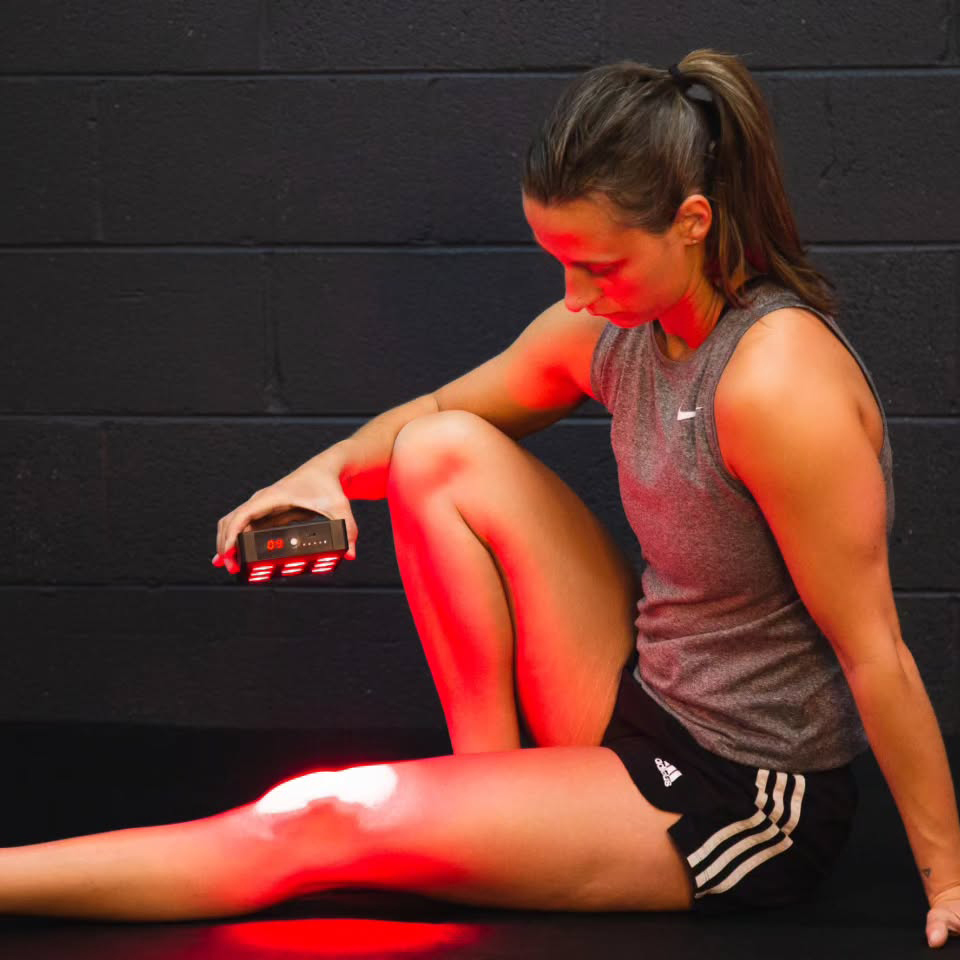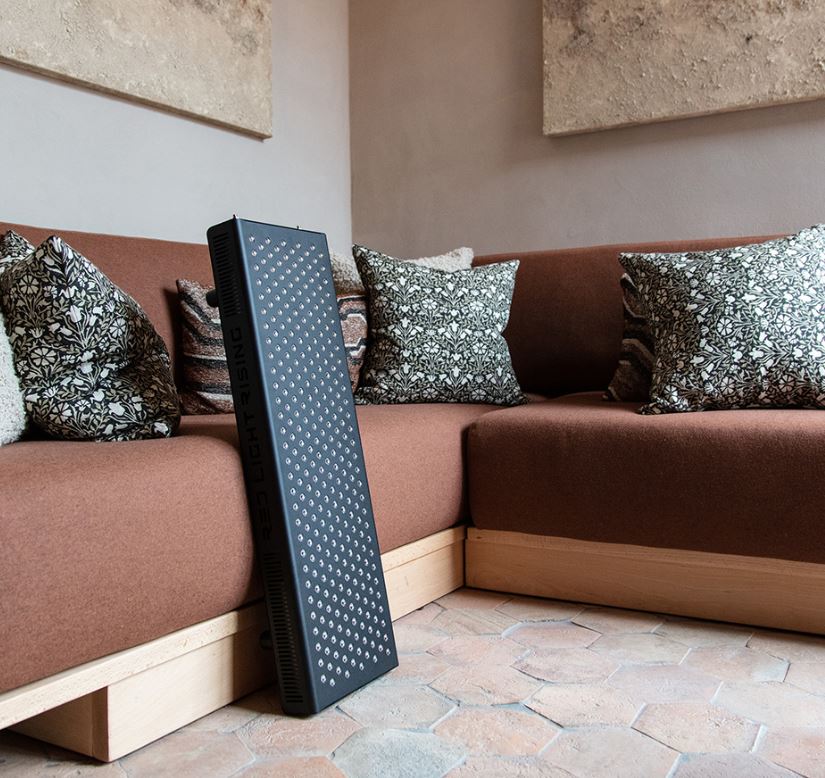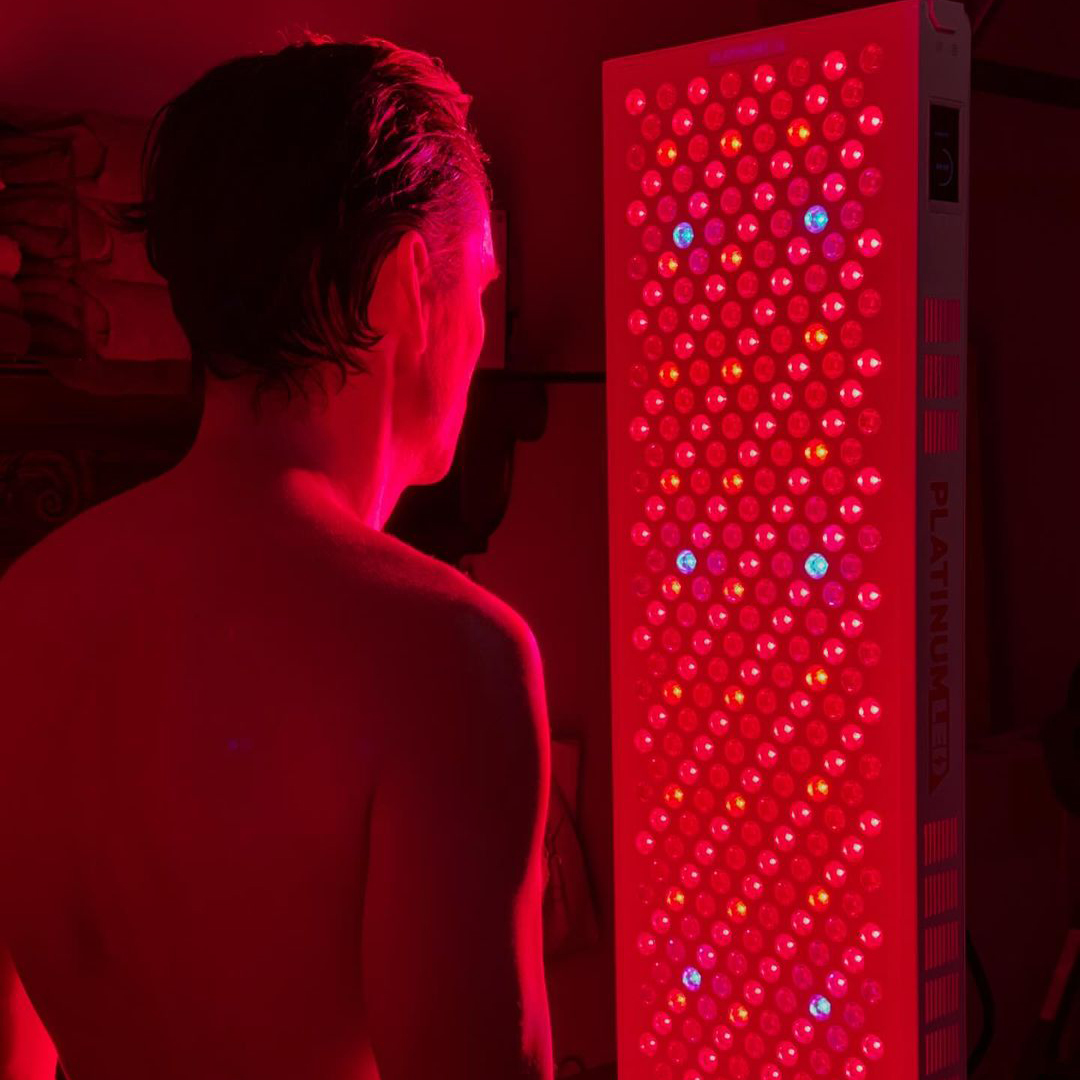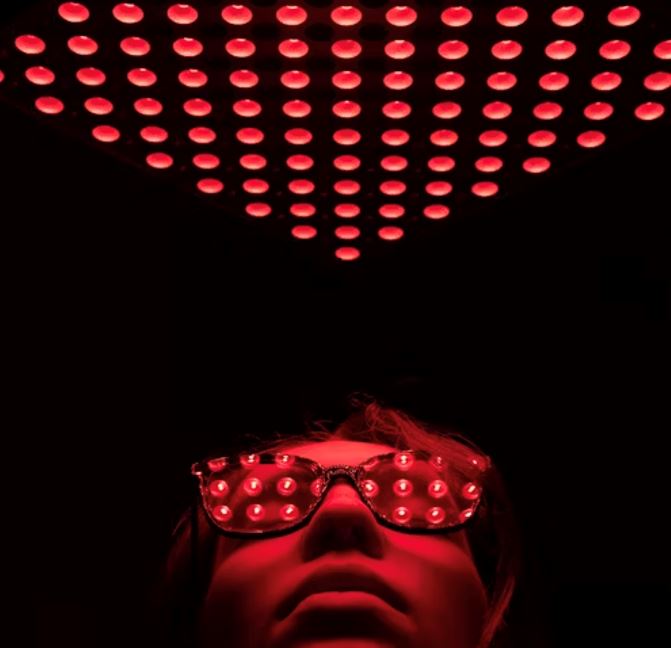![]() Free Shipping
Free Shipping ![]() Buy Now, Pay Later
Buy Now, Pay Later ![]() Eligible
Eligible
Red Light Therapy for Bulging Disc: Is This an Effective Relief?

If you’ve ever experienced the sharp, radiating pain of a bulging disc, you know just how debilitating it can be. Simple movements like bending, sitting, or even walking can become excruciating, leaving you desperate for relief. While traditional treatments like physical therapy, medications, and surgery are common, many people are now turning to red light therapy (RLT) as a non-invasive alternative.
But does it really work? Can shining a specific wavelength of light on your back actually help heal a bulging disc? Let’s dive into the science, benefits, and real-world experiences to find out.
Understanding Bulging Discs: The Root of the Pain
Before exploring red light therapy, it’s important to understand what a bulging disc actually is.
Your spine is made up of vertebrae cushioned by intervertebral discs—gel-like structures that absorb shock and allow flexibility. When a disc weakens due to injury, aging, or repetitive strain, it can bulge outward, pressing on nearby nerves. This leads to:
- Localized or radiating pain (sciatica if it affects the lower back)
- Numbness or tingling in the arms or legs
- Muscle weakness
- Reduced mobility
Traditional treatments include:
✔ Pain medications (NSAIDs, muscle relaxers)
✔ Physical therapy (strengthening core muscles)
✔ Steroid injections (to reduce inflammation)
✔ Surgery (as a last resort)
But what if there was a way to reduce inflammation, speed up healing, and relieve pain without drugs or scalpels? That’s where red light therapy comes in.
What Is Red Light Therapy?
Red light therapy (RLT), also known as low-level laser therapy (LLLT) or photobiomodulation, uses specific wavelengths of red and near-infrared light to penetrate the skin and stimulate cellular repair.
How Does It Work?
When applied to the affected area, the light energy is absorbed by mitochondria (the powerhouse of cells), boosting ATP (energy) production. This enhances:
🔴 Reduced Inflammation – Calms irritated nerves around the bulging disc.
🔴 Faster Tissue Repair – Stimulates collagen production and disc healing.
🔴 Pain Relief – Increases blood flow and releases endorphins (natural painkillers).
Studies have shown that RLT can help with:
- Spinal disc degeneration (Journal of Photochemistry and Photobiology, 2017)
- Nerve regeneration (Neural Regeneration Research, 2016)
- Chronic back pain (Pain Research and Management, 2019)
But does this translate to real relief for bulging discs?
VELLGUS Elite V2
THE #1 RATED RED LIGHT DEVICE
VELLGUS pro V2
THE #1 RATED FULL BODY RED LIGHT DEVICE
Can Red Light Therapy Help a Bulging Disc?
While research is still evolving, several key findings suggest RLT can be beneficial:
1. Reduces Inflammation & Swelling
A bulging disc often causes nerve compression due to inflammation. RLT has been shown to decrease pro-inflammatory cytokines, helping to relieve pressure on nerves.
2. Promotes Disc Repair
Unlike muscles, discs have poor blood supply, making healing slow. RLT enhances cellular energy, potentially aiding in disc repair over time.
3. Relieves Pain Without Side Effects
Unlike painkillers, RLT doesn’t cause dependency or stomach issues. Many users report significant pain reduction after consistent sessions.
4. May Prevent Further Degeneration
By improving cellular function, RLT could slow down disc degeneration, reducing future flare-ups.
Real-World Experiences: Does It Work for People?
While clinical studies are promising, what do actual users say?
✅ “After 4 weeks of daily red light therapy, my sciatica pain reduced by 70%.” – Mark T., chronic back pain sufferer
✅ “Combined with stretching, RLT helped me avoid surgery.” – Sarah L., herniated disc patient
❌ “It helped slightly, but I still needed physical therapy.” – James R., skeptical user
Results vary, but most report at least some improvement in pain and mobility.
How to Use Red Light Therapy for a Bulging Disc
If you’re considering RLT, here’s how to maximize benefits:
1. Choose the Right Device
- Wavelength: 630-850 nm (near-infrared penetrates deeper).
- Power Density: At least 50-100 mW/cm² for effective treatment.
- FDA-Cleared Devices: Look for brands like Joovv, Mito Red Light, or Rouge.
2. Treatment Protocol
- Frequency: 3-5 sessions per week.
- Duration: 10-20 minutes per session.
- Positioning: Target the affected disc area and surrounding muscles.
3. Combine with Other Therapies
For best results, pair RLT with:
✔ Gentle stretching (yoga, Pilates)
✔ Core strengthening exercises
✔ Anti-inflammatory diet (turmeric, omega-3s)
Potential Downsides & Considerations
While RLT is safe and non-invasive, it’s not a magic cure:
- Cost: High-quality devices range from $200-$3000.
- Time Commitment: Requires consistent use for weeks/months.
- Not a Standalone Fix: Works best as part of a holistic treatment plan.
Final Verdict: Should You Try Red Light Therapy?
If you’re struggling with a bulging disc and want a drug-free, non-surgical option, red light therapy is worth trying. While it may not work for everyone, the science and user testimonials suggest it can:
✔ Reduce pain & inflammation
✔ Support tissue healing
✔ Improve mobility over time
Have you tried RLT for back pain? Share your experience in the comments!








